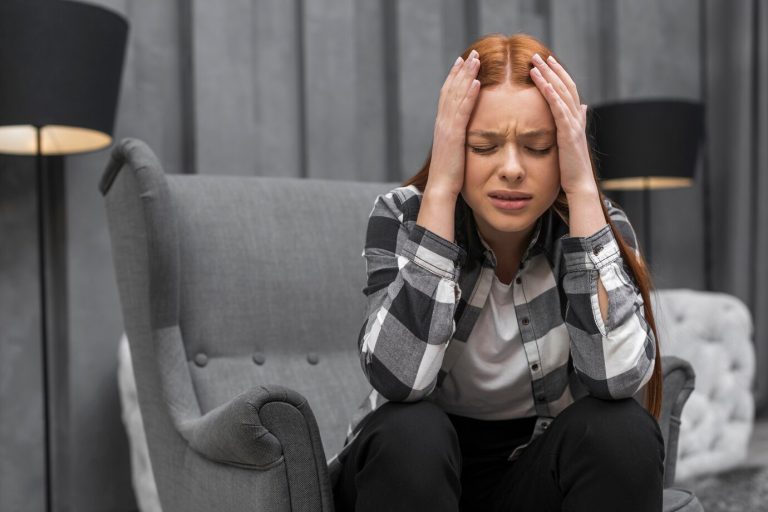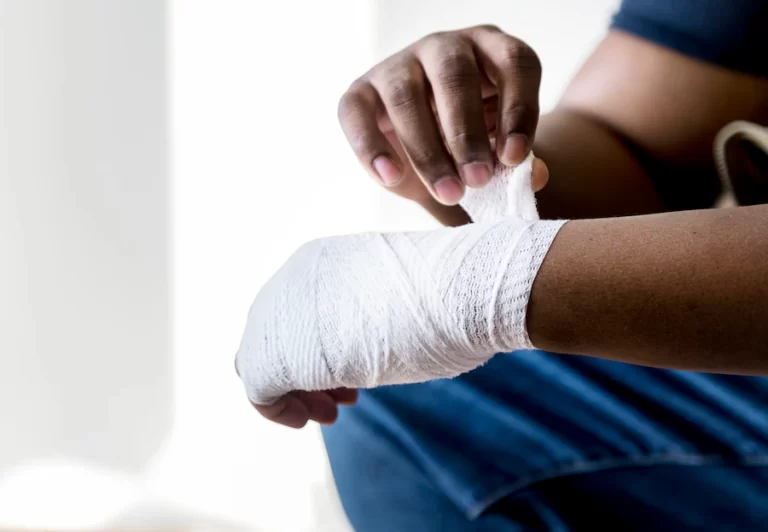
To purchase a firearm, individuals are not required to obtain a license or permit. The permit-to-purchase laws in several states, however, operate similarly to universal background check laws. Private transfers of firearms are subject to the same requirements as purchases from federally licensed dealers. Having to renew permits or licenses ensures that law enforcement routinely confirms that firearm owners are eligible to possess or purchase firearms, and it could facilitate the removal of firearms from ineligible owners. When ammunition is required to be purchased, prohibited possessors will have a harder time using their illicit firearms. If no such checks are conducted, prohibited possessors may account for a significant share of ammunition sales. Tita et al. (2006) report that prohibited possessors purchased at least 10,500 rounds of ammunition in the City of Los Angeles in a two-month period. In order for these policies to have a significant impact on violent crime and suicide, they must identify disqualified firearm purchasers or possessors better than the status quo. Additionally, these disqualifications must target individuals who are more likely to hurt themselves or others.
Gun Use and Licensing Requirements
In the same way that comprehensive background check laws aim to reduce gun violence by restricting access to firearms for those suspected of misusing those firearms, licensing and permitting requirements aim to do the same. Distinguishing homicides from suicides may depend on the types of conditions that disqualify an individual. While compliance with licensing and permitting laws is likely to be imperfect, deterring prohibited possessors who do not already own firearms from acquiring them could still reduce gun-related homicides or suicides. As a result of the level of enforcement, availability of firearms or ammunition through unregulated markets, and the likelihood that individuals disqualified through the permitting process would seek alternative sources of firearms, these effects will be influenced, in part, by the level of enforcement.
Background check laws do not require individuals to submit their applications in person at a law enforcement agency, nor do they require fingerprinting. According to an older study (U.S. General Accounting Office, 2001), even licensed dealers sometimes fail to require valid identification cards; thus, these additional procedural requirements may be more effective in preventing fraud or inaccurate identifications from preventing prohibited possessors from accessing firearms. It is unknown, however, how much the additional administrative requirements of licensing and permitting laws will reduce firearm access by prohibited individuals, as licensing systems requiring substantial coordination between databases and institutions at the state, local, and federal levels may present regulatory and technical challenges. Also, most people who purchase firearms already own them. Gun owners, on average, own close to five firearms, and the majority (62 percent) purchased their most recent weapon from a licensed gun dealer, according to Azrael et al. (2017). There may be little or no effect of licensing and permitting regulations on crime or suicide risk for those who already own guns.
As a result of state laws requiring an individual to pass a safety course or exam in order to qualify for a license or permit, unintended injuries and deaths may be reduced, but the effects will depend on how passing the course or exam affects firearm owners’ storage and handling behavior. There is a 32 percent difference between people who complete firearm training and those who do not, according to a recent survey of firearm storage practices among adults in the United States (Berrigan et al., 2019). As a result of these findings, existing training may not result in safer firearm storage. In contrast, one 1995 study found that gun owners who received formal firearm training (where 80 percent of courses covered proper gun storage) tended to store their firearms unlocked and loaded significantly more than those who had not received formal training; however, the most common method of training for this sample was through the military, which may not have the same effects as civilian training (Hemenway, Solnick, and Azrael, 1995). You can read more about firearm safety training laws in our analysis.







